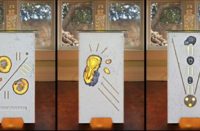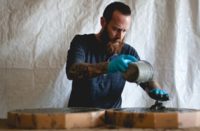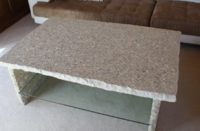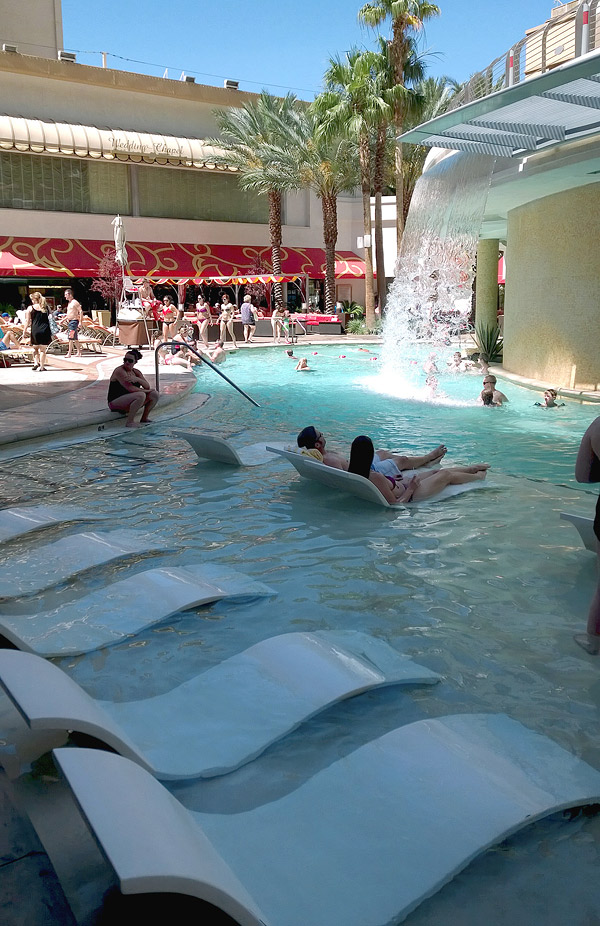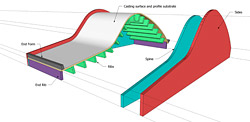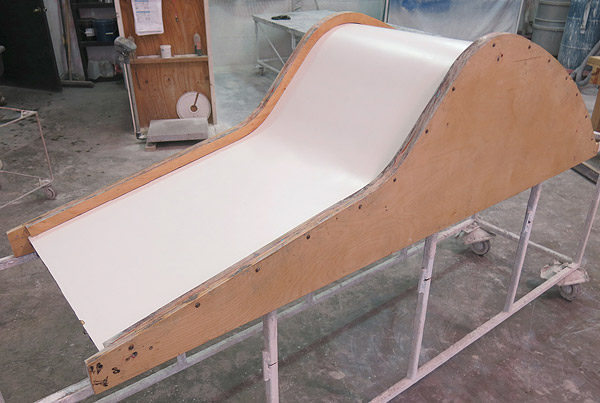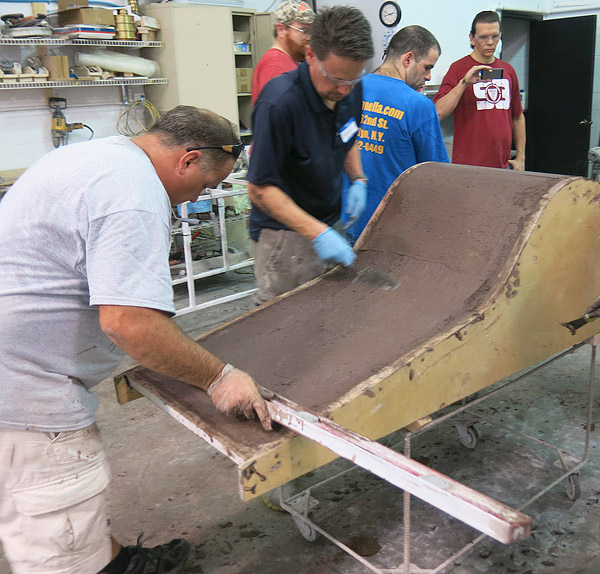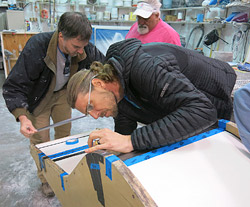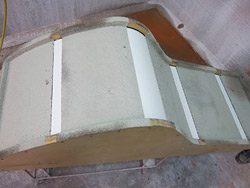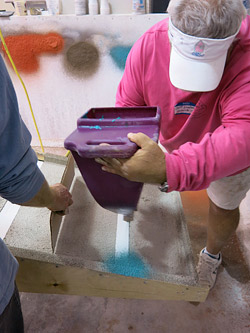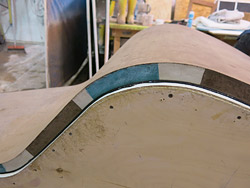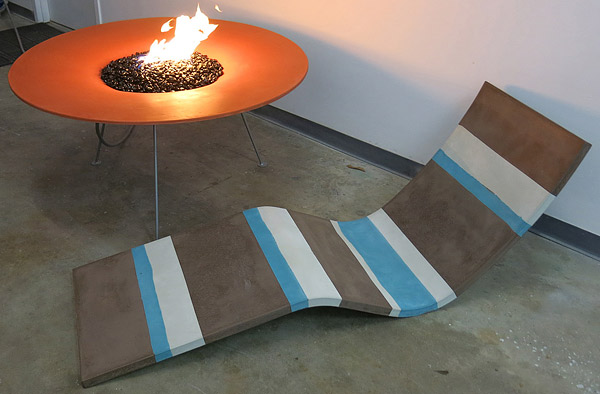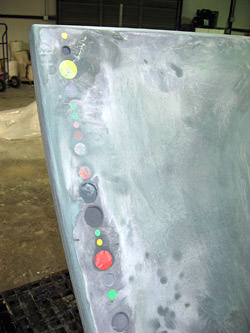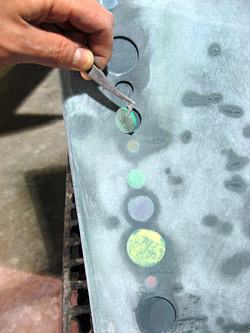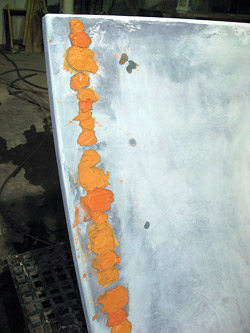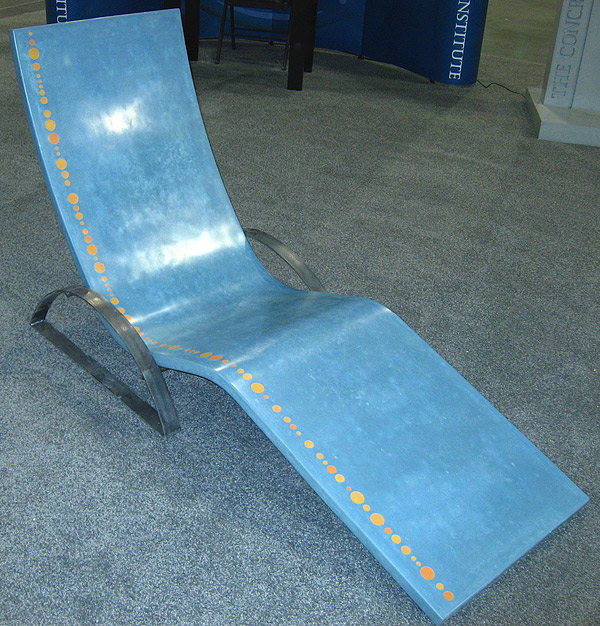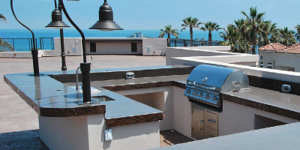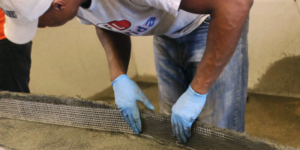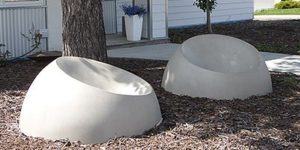Concrete lounge chairs are one of the hottest applications of concrete furniture made with glass fiber reinforced concrete (GFRC). The curved lines of a lounge chair plus the thought of lounging in the summer sun with a cold drink in hand appeal to all the senses. Lounge chairs are popular with hotels and resorts, which are often based in tropical locations that can be prone to hurricanes. A GFRC lounge chair offers the best combination of being light enough to move around and heavy enough to not be easily blown away. Plus, endless customizations are possible with concrete.
Design considerations
The first step to creating a concrete lounge chair is designing it. Design is much more than just creating a particular look or shape. The design of a lounge chair (or other chair-like object) has to address multiple considerations, some of which are:
Purpose – A lounge chair should provide a comfortable surface to support a reclining person. Your particular lounge chair design may have special purposes. Is it meant to be a place for brief sitting or a place to lounge for a few hours? Will it serve multiple purposes such as sunbathing, which might require a more prone position, and drinking or eating, which would require a more upright position? These factors influence the shape and functionality of the lounge chair and any accessories such as cushions, arms or a stand that supports the chair and allows for adjustment of its angle.
Location – Will the lounge chair be in a sunny location, where a dark color would become too hot? Will it be partially submerged in a shallow wading pool? Will it be placed on a grassy or uneven surface? Will it be indoors, perhaps in a spa relaxation room? Is it meant to be moved? If so, by how many people?
Aesthetics – Here, color, shape, texture and pattern come into play, and this is what many people consider design, but in reality it’s only part of what good design addresses. Do the clients desire a massive, blocky look or do they prefer a slim, sinuous profile? Is there a particular color scheme or company branding that needs to be incorporated?
Physical characteristics – What is its size, shape and mass? How heavy can it be? How much force does it need to withstand?
Anthropometrics – How does it fit the bodies of the people who will use it?
Design steps
Design is an iterative process, but there are several basic steps.
Inspiration – When I first designed the lounge chair you see in many CCI class photos, I drew inspiration from different sources. I recalled there being a lounge chair mold and seeing lounge chairs created by Buddy Rhodes. I looked online for concrete lounge chair photos. I considered the places I had seen lounge chairs and times when I had used chairs for lounging.
For my lounge chair I thought of something that would go outside, on a patio by a pool or in a garden, and allow a person to comfortably sit and read or relax. Most people tend to bend their legs a little even if they’re lying on a horizontal surface, so I wanted the chair to have a knee bulge to hold the person in place and provide effortless back support.
Prototyping – Once you’ve decided on your basic design and made some sketches, you need to test your design before building a complex mold and casting it in concrete. An easy and effective way to do this is to cut pieces of cardboard and tape them together. Corrugated cardboard is actually quite strong, and it will not only provide a full-size mockup but also help you decide how to make the mold.
Alternatively, you can use something like multiple pillows or foam pieces piled on the floor and adjusted until your body is comfortable. Take measurements of key body positions such as the angle of your bent knees and how high off the floor they are, essentially using yourself as a mannequin. Ideally, follow this with a cardboard mockup, and test with multiple people with different body shapes.
Test things like comfort, ease of getting into and out of the chair, and what happens when you lean backward or forward.
Refinement – To create a precisely dimensioned mold, you’ll need to create detailed drawings of your chair, either on paper or using a computer program such as Google SketchUp. You can also tweak design details such as the thickness and width of the chair.
If you are able to use a computer program, it will tell you the exact lengths and angles you’ve created, and you can use that to create the mold.
Creating the mold
The molds for most lounge chairs or curved furniture have the same basic construction:
- Two spine pieces form the profile of the chair.
- A flexible casting surface follows the profile of the spine.
- Ribs support the casting surface, determine the width of the chair and connect the two sides.
- Two side pieces and two end pieces tie the whole mold together and determine the chair’s thickness.
I use plywood coated with epoxy for the ribs, spines and sides so the mold is reusable. Melamine can also be used, but will not last for more than one or two castings. I use smooth laminate as the casting surface, and the curved substrate that supports the laminate is bendable plywood.
Casting the concrete
GFRC lounge chairs use the same basic good practices as regular GFRC creations:
- A mist coat for the visible surface.
- Fibrous backer placed in thin layers and compaction rolled.
- Two layers of scrim are placed on the first and the second-to-last backer layers and are laminated on with compaction rollers because the chair is thin and will have high stresses.
Since both sides of the lounge chair will be visible, I bring the last backer layer to about an 1/8 inch shy of the mold sides. I then apply a final layer of mist coat, screed it with a straight edge and trowel it flat and smooth.
Endless possibilities
The great thing about lounge chairs is they are a fun way to create a small but striking project that incorporates some playful design. You can create patterns with different colors or embed decorative accents such as tiles. I think a fantastic application would be to create a company logo in lounge chairs for a resort.
There are two basic ways to create different colors on the lounge chair’s surface:
- Tape off sections and apply a thin layer of various colors of concrete section by section, then follow with the rest of the concrete in a solid color. This method works best for large sections of color.
- Create voids in the surface of the concrete by casting over shapes adhered to the mold surface. After de-molding, fill in the shallow voids with various colors of concrete grout (the same grout formula you would use to fill pinholes). This method works best for small accents of color. Because grout has no sand, it is very difficult to shape it to fit the profile of a lounge chair.
Be creative! I’ve applied foam stickers from a craft store, adhered duct tape and glued in tiles. The results are on the following pages. As you can see, the possibilities are endless.
Jeffrey Girard is founder and president of The Concrete Countertop Institute and a pioneer of engineered concrete countertops. He can be reached at [email protected].
A striped chair is made using method No. 1: |
|
|---|---|
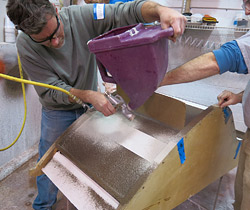 |
|
A striped chair is made using method No. 1: |
||
|---|---|---|
|
|
||
